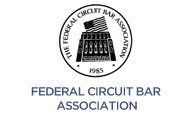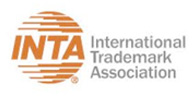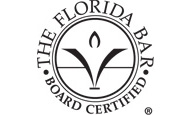Federal Trademark Registration
American companies can have trademark rights under both state and federal law. Under state law, the first to use a particular mark is the legal owner of that mark. A trademark owner can gain valuable additional rights by registering his trademark under the federal Lanham Act. The Lanham Act is administered by the PTO. To be eligible for federal registration the mark must be used in interstate or foreign commerce. It also must not fall into certain forbidden categories listed in the Lanham Act. For example, it is forbidden to use the flag of a foreign country or the name of a living person without that person’s permission. Additionally, inaccurate geographic terms cannot be used as trademarks, such as Idaho for potatoes grown in Maine. Most importantly, the general name for a type of product cannot be a trademark. Every maker of that product must be free to use that word. For example, Sony is a well-known trademark for televisions and radios, but no one can have trademark rights to the words television or radio for such products.
Types of Applications for Federal Registration
An applicant may apply for federal registration in two principal ways. (1) An applicant who has already commenced using a mark in commerce may file based on that use (a “use” application). (2) An applicant who has not yet used the mark may apply based on a bona fide intention to use the mark in commerce (an “intent-to-use” application). For the purpose of obtaining federal registration, commerce means all commerce which may lawfully be regulated by the U.S. Congress, for example, interstate commerce or commerce between the U.S. and another country. The use in commerce must be a bona fide use in the ordinary course of trade, and not made merely to reserve a right in a mark. Use of a mark in promotion or advertising before the product or service is actually provided under the mark on a normal commercial scale does not qualify as use in commerce. Use of a mark in purely local commerce within a state does not qualify as “use in commerce.” Trademark rights can also be obtained by filing a proper application to register a mark in the PTO stating that the applicant has a bona fide intention to use the mark in commerce regulated by the U.S. Congress.
A United States Trademark registration provides protection only in the United States and its territories. If the owner of a mark wishes to protect a mark in other countries, the owner must seek protection in each country separately under the relevant laws.
Take the Time to Search
An applicant is not required to conduct a search for conflicting marks prior to applying with the PTO. However, it is recommended and often an invaluable business decision. Consumers often make their purchasing choices on the basis of recognizable trademarks. Consequently, a registered trademark may influence purchasing decisions and is therefore a recognizable business asset that may contribute to the value of a company. It is an unwise business decision to launch a new product or service without commissioning a comprehensive trademark search. Your company may lose its rights to its business name, trademarks and service marks if they are not carefully selected and properly used. Companies often invest considerable sums of money promoting a new product or service only to be forced to destroy their marketing materials and start over because the mark was already in use by another company. It is advisable to avoid costly errors in new product and service development by taking the time to properly protect your company’s trademark assets.
In evaluating an application, attorneys at Malin Haley DiMaggio & Bowen will conduct a comprehensive search and notify you if a conflicting mark is found. To determine whether there is a conflict between two marks, the PTO determines whether there would be likelihood of confusion, that is, whether relevant consumers would be likely to associate the goods or services of one party with those of the other party as a result of the use of the marks at issue by both parties. The principal factors to be considered in reaching this decision are the similarity of the marks and the commercial relationship between the goods and services identified by the marks. To find a conflict, the marks need not be identical, and the goods and services do not have to be the same.






